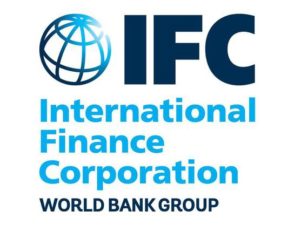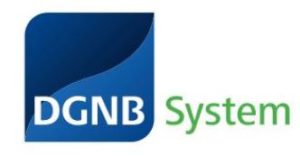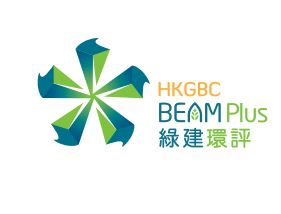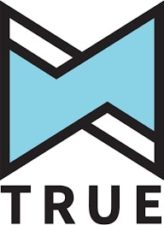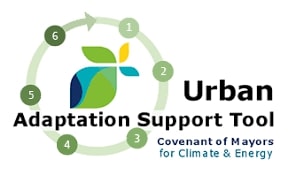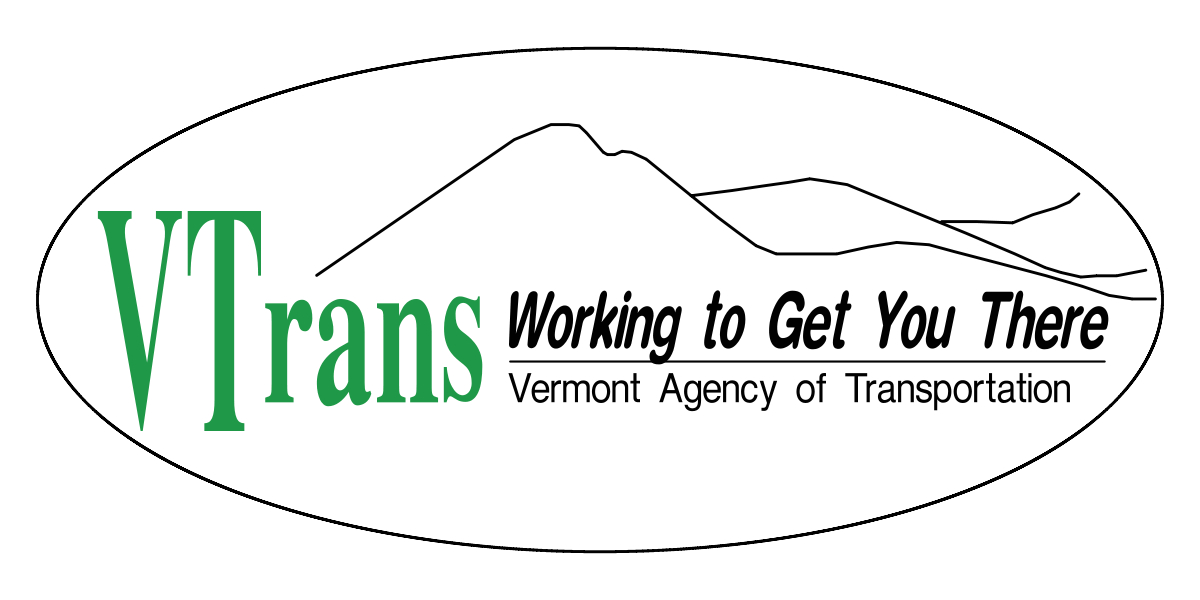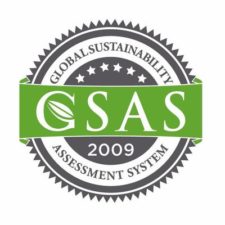
The Global Sustainability Assessment System (GSAS) is a performance-based system developed for rating green buildings and infrastructures. The primary objective of GSAS is to create a sustainable built environment that minimizes ecological impacts and reduces resource use, considering the specific needs and context of the Middle East and North Africa regions (MENA). The purpose of GSAS Design & Build Parks Scheme is to provide recommendations and guidance for the effective implementation of sustainability goals within park projects.
Lifecycle Phase(s): Project PlanningGeneral strategy for a project’s delivery is developed., Concept DesignTechnical experts broadly outline the project’s basic characteristics., Detailed DesignTechnical experts further elaborate the Concept Design., ConstructionThe asset is constructed in line with design, budget and timeline., Operation and MaintenanceInfrastructure assets are managed and maintained during their use time.
Type(s) of Tool: Rating SystemsProvide quantifiable sustainability ratings and / or certification for projects or assets.

